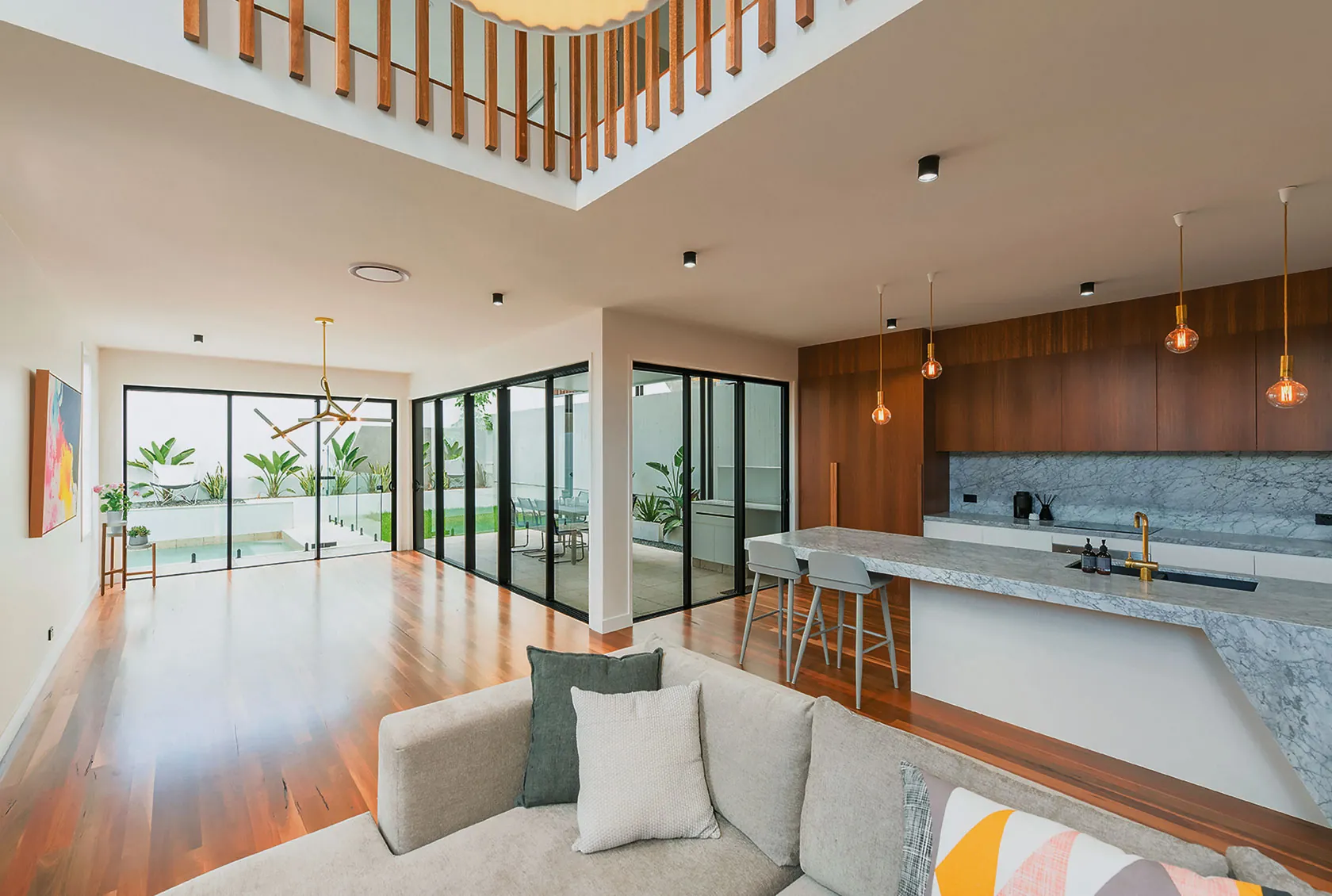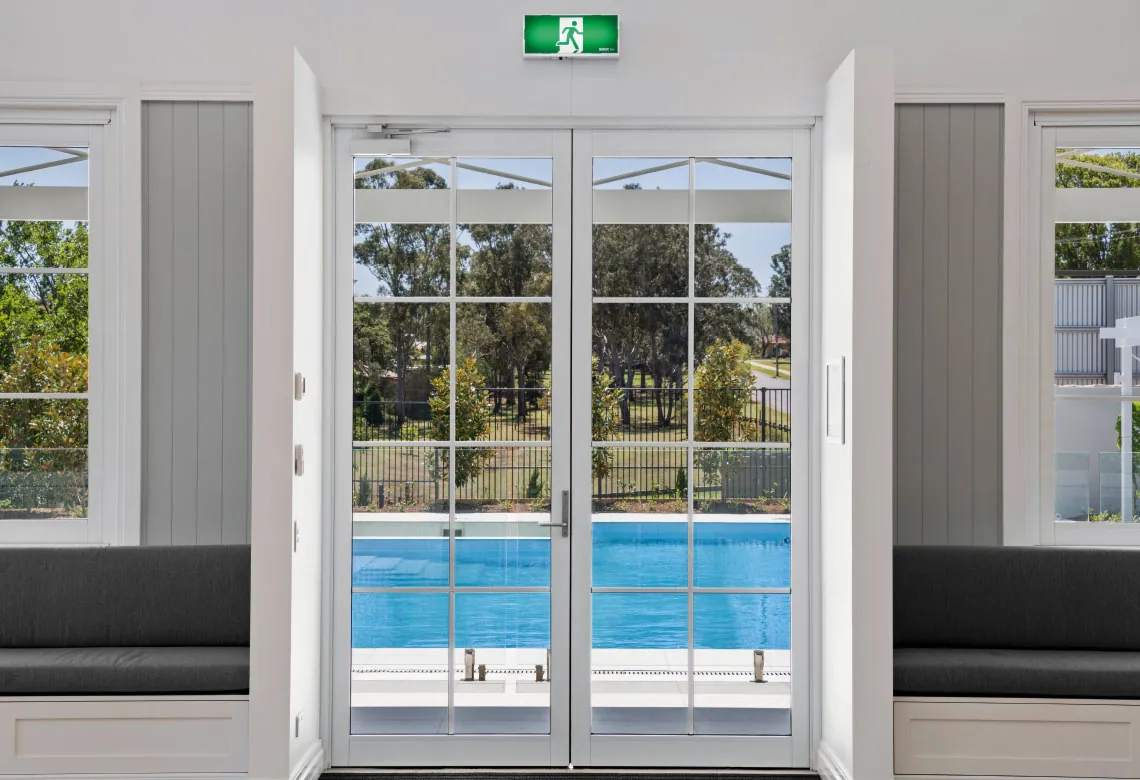AUSTRALIAN WINDOW & DOOR STANDARDS
Despite facing catastrophic floods throughout 2022, we must not forget that the Australian climate can become dangerously hot, dry, and drought-prone in the blink of an eye.
All Australian windows and doors must therefore be designed and manufactured in strict accordance with national standards, namely the AS3959 – which aims to reduce the risk of loss of life and property in bushfire-prone areas.
According to AS3959, if you build or renovate a home in said areas, it must meet specific bushfire ratings in terms of design, construction, and materials. By achieving this standard, your home will have a higher chance of making it through a bushfire unscathed
WHAT ARE BUSHFIRE ATTACK LEVELS?
Bushfire Attack Levels (BAL) Codes, as per the AS3959, detail the risk for homes in different areas, and the product requirements for each level.
These six codes range from BAL-LOW, indicating very low risk, through to BAL-FZ – which specifies an extremely high risk of ember attack, airborne burning debris, radiant heat exposure, and direct flame exposure.
Homes of BAL-12.5 or above must take additional steps with their window and door selections, in order to comply with said guidelines. Such requirements include detailed information in regards to frame, glazing, screens, seals, and hardware. For homes located in a BAL-LOW area, no specific construction requirements are needed in order to be compliant.
SELECTING BUSHFIRE RATED WINDOWS & DOORS
At Bradnam’s, it’s an utmost priority of ours to ensure the safety of our customers nationwide. To help meet the AS3959 requirements, we meticulously engineered the FlameShield range to comply with BAL-12.5, BAL-19, BAL-29, and BAL-40 guidelines in the following products:
With the vast majority of these selections meeting the BAL-40 requirements, you can rest easy knowing that your windows and doors are actively working to protect your home and property against burning embers and airborne debris caused by bushfires.
PROTECTING YOUR HOME
Although other efforts and frequent maintenance will need to be taken in order to defend your home as much as possible, ensuring that your windows and doors are up to par is a crucial first step.
If you’re building or renovating a home, it’s essential that you read up on the Bushfire Attack Level of your area. With what will likely be a very dry Summer just around the corner, now is the time to secure your FlameShield windows and doors from your local Bradnam’s location.
Contact us today to get started.


